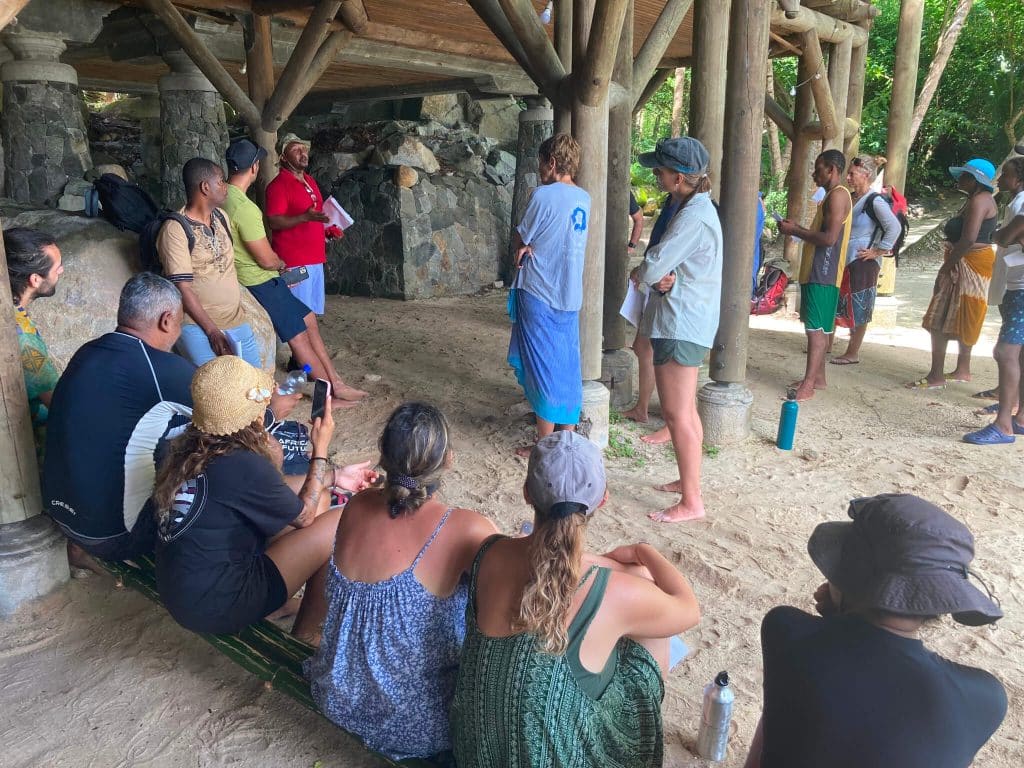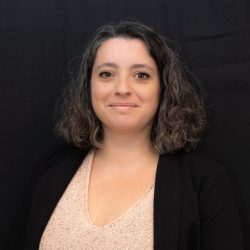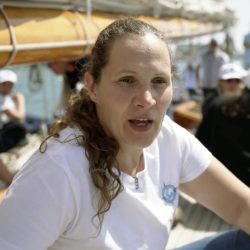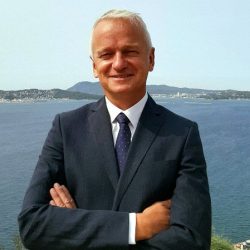Chronicle of a maritime exorcism
The last day of the mission, a relaxed atmosphere, bags packed, wetsuits drying in the sun and tired but delighted smiles.
This is precisely the moment that journalists from France 3 have chosen to arrive, curious and enthusiastic. They want to know all about the EXOFISH-MED project, exotic fish, participatory science… and I, delighted to share in this wonderful adventure, say to myself: perfect, one last interview to end the mission on a high note!
Everything goes perfectly. I explain the protocol, the dives, the biodiversity, the stakes… and add that certain exotic species can profoundly disrupt Mediterranean ecosystems. The journalist then asks me for examples, and that’s where the drama begins… I start to tell him about the champion of all categories of ecological disaster in the Eastern Mediterranean: the rabbitfish. Without realizing it, I had dropped the forbidden word. Yes. The word “rabbit”. Quietly. Naturally. As if nothing had happened.
Inevitably, since it has done so much damage to the ecosystems, I insist on saying “rabbitfish” at every turn. Three times, four times, maybe more…. without realizing that, for the sailors present, each repetition sounded like a funeral bell announcing the curse.
At the time, I’m just thinking: “Why is Xavier, our mission leader, waving his arms like a semaphore in distress behind the camera? I hesitate between “he’s giving me a big sign of encouragement” and “he’s trying to swat away a fly that’s bothering him”… So I continue, unperturbed, with my scientific discourse.
End of interview… and then Xavier literally leaps out of the box like Zebulon. He grabs the salt shaker from the edge of the table and, before I know it, spills the contents over my head, looking as solemn as a druid conjuring a curse.
Stunned silence. A few grains of salt slide down my forehead. Then, a general burst of laughter. Mostly me. Because Xavier, usually so calm, had obviously decided to save the boat… with a lot of seasoning.
Since then, whenever I come across a salt shaker, I no longer think of soup, but of my exorcism with fleur de sel, a memory that makes me smile every time and immediately makes me want to get back on board.
Virginie Raybaud
As an onboard naturalist designer, I was lucky enough to take part in the incredible Mission to Greece with Monaco Explorations, driven by H.S.H. Prince Albert II of Monaco, aboard the MODX Catamarans, a 100% renewable energy vessel.
This project combines science, environmental diplomacy and awareness-raising among local communities… but it’s the baby seal below who tells it best. He mentions the scientists from Exofish Med, Mar 4 Past and CSM, Plankton Planète and Mom (HELLENIC SOCIETY FOR THE STUDY AND PROTECTION OF THE MONK SEAL) whom I was lucky enough to meet.
Thanks to Xavier PRACHE, Noëlie Pansiot, my troubadour friends (who will recognize themselves), the crew of the Galaxy and the Ganany and the whole Monaco Explorations team for their commitment and trust.
Anne Benoliel Defreville
Drawing Author Designer Artist

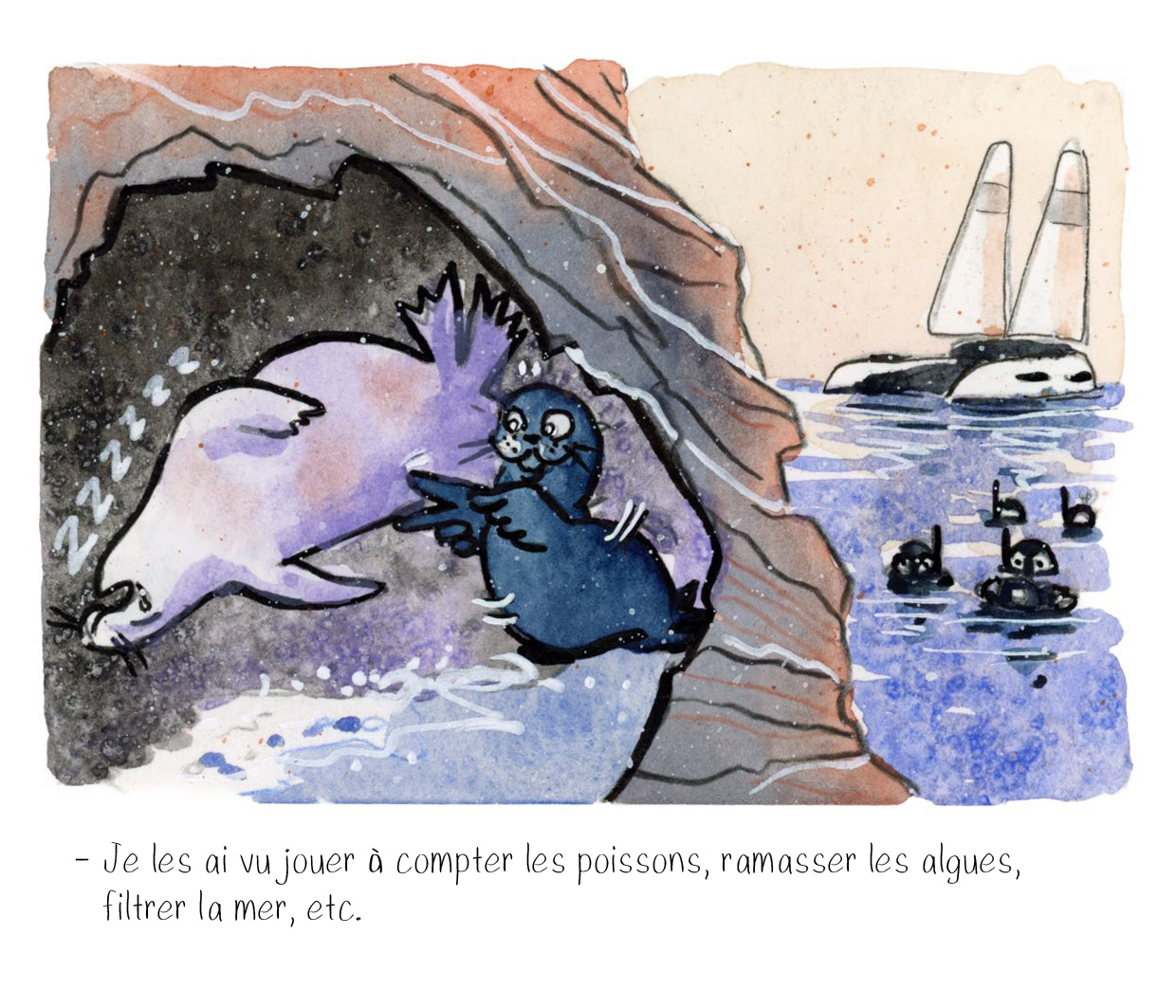

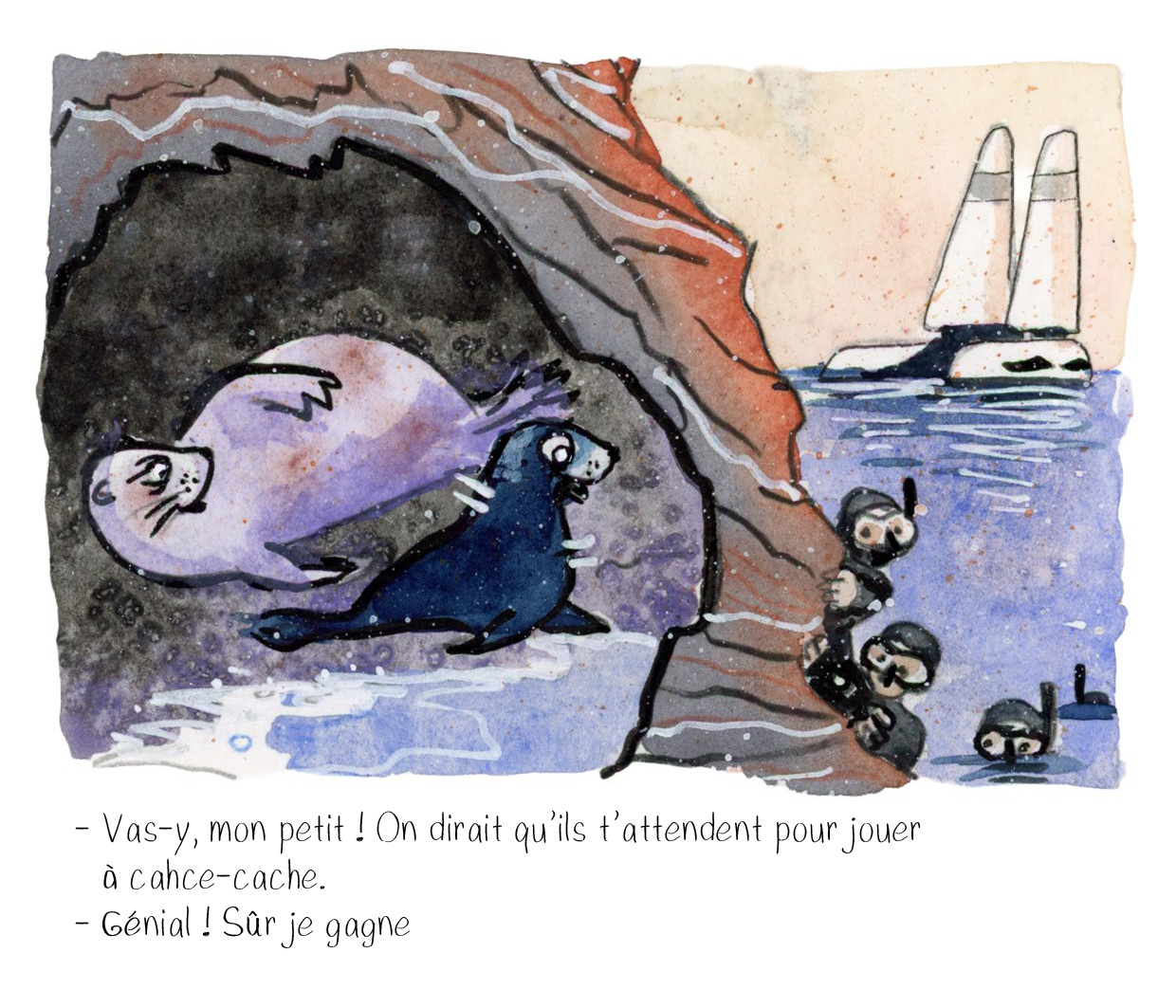
“The sea is everything! It covers seven-tenths of the globe. Its breath is pure and healthy. It is the immense desert where man is never alone, for he feels life quivering beside him. The sea is but the vehicle of a supernatural and prodigious existence; it is but movement and love; it is the living infinite (…).”
Jules Vernes, 20,000 Leagues Under the Sea. __
The living infinite. Here in Alonissos, aboard the expedition Greece, I see it everywhere, with my own eyes or in the single eye of my camera. Here, shades of blue ripple across the harbor, cats roam the alleyways hungry for a caress, and cormorants race along the beach. The living infinite materializes on every scale.
Science mediator Kelly Godard’s Curiosity is teeming with animal plankton, under the sparkling eyes of Greek children. They’ve come to take part in a Living Water workshop to discover these strange organisms, and the key roles they play in ecosystems. And, what they really love, is looking through a microscope.
Projected onto the classroom screen, toddlers discover plankton first-hand. Their eyes are drawn to the tiny crab larva, the garish phytoplankton, and the strange copepod, which spins around like a tiny dancer with antennae. The infinite living world was clearly present that day in their naturalist eyes, insatiable with curiosity about what they were discovering. Under the guise of a simple mediation workshop, here at Alonissos, a whole heritage is being passed on to the young. And when Dimitri, aged 7, jumps into my arms and says “thank you, I love you”, I have to admit that my heart melts. Passing on scientific curiosity to these young children here is not just a question of passing on knowledge: it’s a matter of passing on emotions. This living infinity is also present in a plump, deep-black-eyed form: the Mediterranean monk seal. Long hunted on beaches, now prostrate in obscure caves, this species has become the mascot of a collective protection effort, having come close to extinction. On the walls of cafés and bakeries, posters and flyers inform residents and visitors of the animal’s situation.
The day I spend with Panos Dendrinos, president of MOm, The Hellenic Society for the Study and Protection of the Monk seal, will remain with me forever. We set off to check the trap cameras in the caves where the seals come to rest and give birth. Although no encounters are expected that day, every minute is filled with wonder.
We swim to our first cave. As I pass through its airlock, the clear, bluish light collapses. It’s like stepping through a door into another world. The acoustics change, fragments of posidonia embrace my legs and crash onto the tiny inner beach where I join Panos. In a corner of the cave wall, a camera, which seems to be working normally.
We move on to a second cave. And this time, I see something unusual in Panos’ eyes. Beneath this enormous rock arch, we walk along the walls with great discretion. There are no more words, just glances and gestures between us. And time flows differently, to the rhythm of the slow waves that penetrate this mysterious cavity.
Suddenly, we hear cries piercing the silence at the back of the cave: a young seal growls happily. My heart leaps. Panos points to a dark beach. “The pup is playing, the mommy is sleeping. We have to go.” I catch a glimpse of a 300-kilo mass sleeping heavily, rocked by the movements of the foam. An infinite magic takes over me. We set off again, all smiles on our faces, happy at this unexpected encounter. Here, Mediterranean monk seal populations are recovering, the fruit of over 30 years’ hard work to protect them. Panos even whispers to me that the seals are starting to come out of the caves again, to enjoy the light and safety of the beaches, just as their ancestors did. The living infinite is also present in the hearts of all the crew aboard this mission led by Explorations de Monaco. Every day, I like to observe and listen to how the actions carried out on site and the life offered by the Mediterranean catalyze in each and every one of us its share of daily anecdotes.
Here, the living infinite stirs people’s actions and hearts.
Jules Vernes had already captured this profusion of life in the oceans and seas of our blue planet in 20,000 Leagues Under the Sea. But since the time of this pioneering work, both in terms of fiction and the ichthyology it depicts, things have come a long way. Where the author saw waters untouchable by human “despots” , waters where “their power ceases, their influence is extinguished, their might disappears”, in 2025, reports tell us that the living infinite is dying.
So here in Alonissos, I’ve seen how people are working to bring the largest marine protected area in the Mediterranean to life, and how oceanographic expeditions are helping to spread this protection locally. Protecting our oceans and seas is an all-encompassing mission, involving mediation with the very young, raising awareness and getting to know people and social and food issues. Protecting species, going out into the field, carrying out scientific actions on site. And it was this global vision that moved me most when I embarked on this part of the Greece mission. We were all together. Together, so that infinity may live on!
Marie Treibert
Science popularizer, author, videographer
Youtube.com/laboiteacuriosites
An encounter with Monachus monachus
We left the boat behind and approached, swimming with wolf flippers so as not to make any noise. We swam along the high, wave-swept cliff to a crevice. It’s a small cave, narrow and dark, some twenty meters long, cut off from the light of the Aegean Sea. We walk along the walls, single file, to make ourselves as inconspicuous as possible. Until, at the far end, we see two small eyes shining in the darkness. There they are, on the pebbles. A female, accompanied by the young she gave birth to a few days ago. We hold our breath and keep our distance. The priority is not to startle them. The encounter is furtive, lasting less than a minute. It’s time to withdraw.
Oh, I’ve seen seals before. But these are special. The Mediterranean monk seal(Monachus monachus) is an endangered species that came close to extinction. In recent years, however, it has made a comeback. Although it is still rare, numbering barely 500 individuals, populations are increasing again. This is thanks in no small part to the work carried out by Mom (the animal protection association that guided us here) and the conservation measures implemented in the Alonissos Marine Protected Area, which is one of its refuges.
Our little team – photographer, camerawoman, writer – climb back aboard the MPA guards’ boat. We’re dripping with joy. For we have experienced a rare moment. There’s so much bad environmental news out there, it’s worth savoring when you see, in the field, that it’s possible to reverse trends and let nature reclaim its rights.
Julien Blanc-Gras
